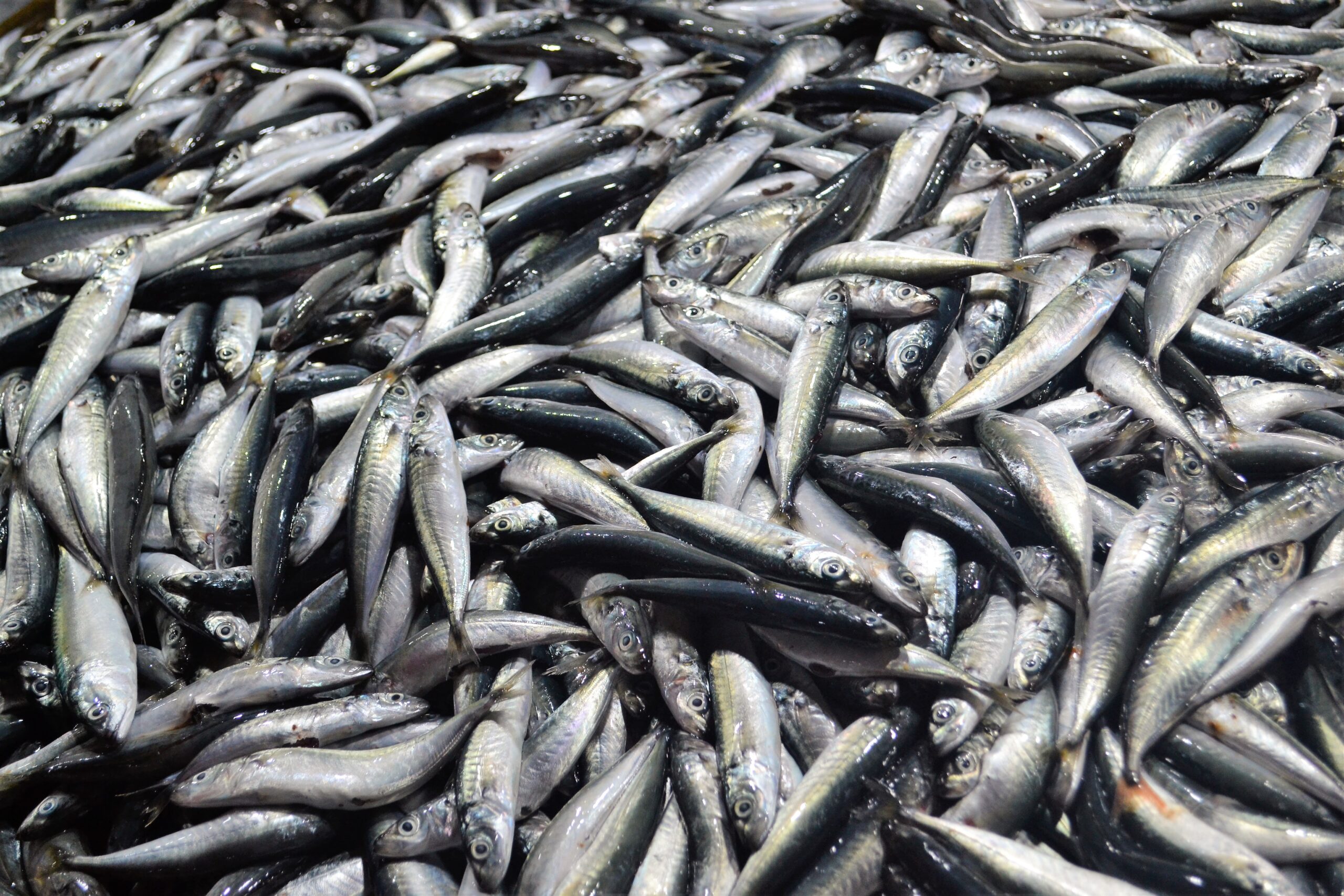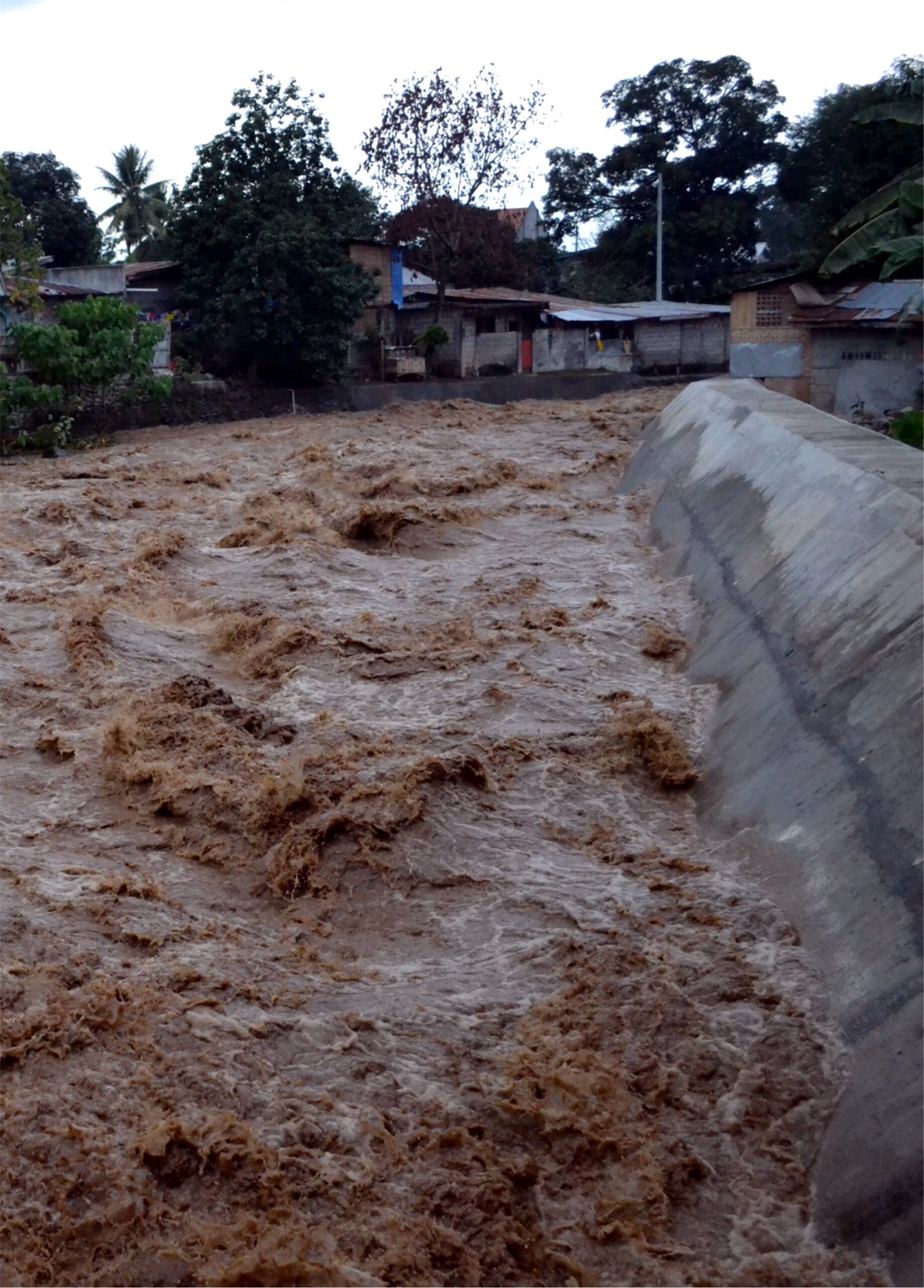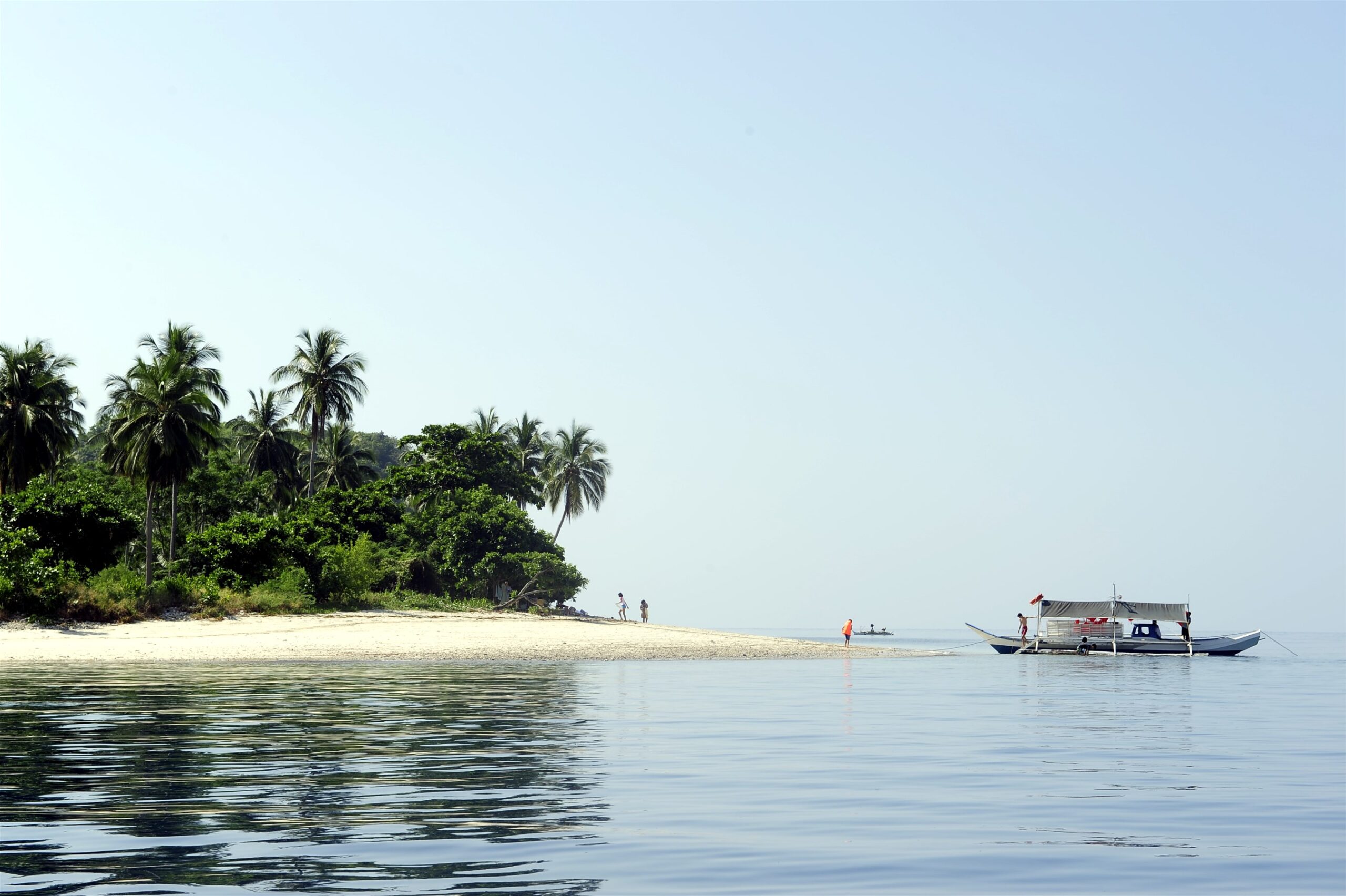Text and Photos by Henrylito D. Tacio
Normally, the Philippines experiences tropical cyclones of up to 20 a year. But in recent years, stronger typhoons have become more frequent.
“By the end of this century, tropical cyclones are expected to intensify, with a projected increase in the average instantaneous maximum wind velocity at the Philippine coast,” said the executive report of Getting a Grip on Climate Change in the Philippines, a World Bank publication.
Are these stronger typhoons manifestations of global warming – or is it climate change?
“Climate change is a better choice than the term global warming because it avoids the misleading implications: that all parts of the world are warming uniformly and that the only dangerous outcome of growing greenhouse gas emissions is higher temperatures,” clarifies Dr. Rosa T. Perez during the Climate Change Media Workshop for Mindanao-based journalists held in Davao City a couple of years back.
Dr. Rosa is a research fellow of the Manila Observatory. She was one of the scientists who contributed to the Fourth Assessment Report of the Intergovernmental Panel on Climate Change (IPCC), a United Nations body which became a co-recipient of the 2007 Nobel Peace Prize.
“Warming is only the tipping point for a cascade of changes in the earth’s ecosystems,” she continues her explanation. “In addition, climate change better conveys the coexistence of human-made effects with natural climate variability, a more accurate, ‘state-of-the-science’ portrayal of the causes for the phenomenon.”
It was Dr. James E. Hansen of the US National Aeronautics and Space Administration (NASA) who first raised the problem of climate change. In 1988, he told an American Senate hearing that the greenhouse effect “is changing our climate now.”
The greenhouse effect is a natural warming process. According to Dr. Perez, carbon dioxide and certain other gases are always present in the atmosphere. These gases create a warming effect that has some similarity to the warming inside a greenhouse, hence the name “greenhouse effect.”



Here’s what happens: “Visible sunlight passes through the atmosphere without being absorbed; some are back-scattered. Some of the sunlight striking the earth is absorbed and converted to heat, which warms the surface. The surface emits heat to the atmosphere, where some of it is absorbed by greenhouse gases and re-emitted toward the surface. Some of the heat is not trapped by greenhouse gases and escapes into space.”
Dr. Perez says that human activities that emit additional greenhouse gases to the atmosphere increase the amount of heat that gets absorbed before escaping to space, thus enhancing the greenhouse effect and amplifying the warming of the earth.
“Although the Earth’s climate has changed many times throughout its history, the rapid warming seen today cannot be explained by natural processes alone,” points out Dr. Perez, who has a PhD in Meteorology from the University of the Philippines.
Greenhouse gases
“Climate change is very simple,” said Dr. Robert Watson, a physical chemist specializing in atmospheric science issues and a leading authority on the science of climate change due to human activity. “We are increasing emissions of greenhouse gases and thus their concentrations in the atmosphere are going up. As these concentrations increase, the temperature of the earth rises.”
Examples of greenhouse gases are: water vapor, carbon dioxide, methane, and nitrous oxide. There are also those man-made gases generated during industrial processes like sulfur hexaflouride, hydrofluorocarbons, and perfluorocarbons.
“Our lifestyle has led to the accumulation of greenhouse gases in the atmosphere,” said the fact sheet circulated during the Davao workshop. “These gases trap heat from the sun, making the earth warmer. Manifestations of a warmer world include rising mean temperatures, sea level rise and increase in the frequency and intensity of extreme weather events like droughts and greater rainfall.”
“Continued emission of greenhouse gases will cause further warming and long-lasting changes in all components of the climate system, increasing the likelihood of severe, pervasive and irreversible impacts for people and ecosystems,” contends a report from the IPPC.
Dr. Perez says that the current carbon dioxide released into the atmosphere is about 40% more than pre-industrial levels. “We are emitting a lot of carbon dioxide faster than the Earth can absorb any excess,” she deplores.
Vulnerable
The “Global Climate Risk Index 2015” listed the Philippines as the number one most affected country by climate change. “This is in part to its geography,” wrote the EcoWatch in its website. “The Philippines is located in the western Pacific Ocean, surrounded by naturally warm waters that will likely get even warmer as average sea-surface temperature continues to rise.”
With over 7,500 islands and situated in the so-called Ring of Fire, the Philippines has to bear the brunt of climate change. As early as 2010, a mapping assessment was carried out for each of the country’s provinces.
“Sixteen provinces of the Philippines ranked among the top 50 most vulnerable in Southeast Asia,” reports Hotspots! Mapping Climate Change Vulnerability in Southeast Asia. “High exposure to climate hazards, especially tropical cyclones, floods and landslides, is the dominant factor behind the vulnerability of these provinces.”
Manila, the country’s capital, is the most vulnerable province in the country and the seventh in Southeast Asia. The other provinces in the top-10 list were Benguet, Batanes, Ilocos Sur, Rizal, Bataan, Batangas, Bulacan, Abra, and Albay. Aside from high exposure to climate hazards, these nine provinces also have one thing in common: high population density.
In a climate change awareness survey done in 2013 by the Social Weather Stations showed that eight out of ten Filipinos claimed to have “personally experienced” the impact of climate change in the last three years, and 54% described their experience as “severe” to “moderate.” About 31% said they have “little experience.”
“Climate is changing and will continue to do so,” reminded Dr. Perez. “Currently, the impacts on many sectors are still unclear, but may become more pronounced as warming continues. So, we need to focus on understanding, adaptation, and preparation. We, Filipinos, should reduce our greenhouse gas emissions, but for the right reasons.”
Food crisis
To think, the Philippines is a minor contributor to global warming. But the country has to bear the consequences of weather gone crazy. “Climate change is more disastrous to the agricultural industry of the Philippines and its neighboring countries than in other parts of the world,” warned Dr. David Street of the US Argonne National Laboratory.
According to agriculture scientist Julian Gonsalves, agriculture and climate change are closely linked. “The agriculture sector is expected to suffer the most serious impacts of climate change, and food security, nutrition and livelihoods will be affected if we don’t act soon,” he told SciDev.Net
The World Bank report said that in 2010, the annual damage to agriculture from typhoons, droughts, and floods has already reached P12 billion, equivalent to 3% of total agricultural production.
When it comes to agriculture, water is very important. “The link between water and food is strong,” says Lester R. Brown, president of Earth Policy Institute, based in Washington, D.C. “We drink, in one form or another, nearly 4 liters of water per day. But the food we consume each day requires at least 2,000 liters to produce, 500 times as much.”
This explains why 70% of all water use is for irrigation. An estimated 40% of agricultural products and 60% of the world’s grain are grown on irrigated land. “Agriculture is by far the biggest consumer of water worldwide,” the International Rice Research Institute (IRRI) said. For instance, to raise a ton of rice, you need a thousand gallons of water.
Empty nets
Rice and fish are the staple food of Filipinos. It is alarming that fish caught from the oceans are also affected by the warming of the waters. A study released by the Worldwide Fund for Nature in 2015 considered climate change as “one of the main reasons for the decline of marine species in the last 30 years.”
“Climate change is already having a profound effect on life in the oceans,” the US National Oceanic and Atmospheric Administration (NOAA) says. “Marine species tend to be highly mobile, and many are moving quickly toward the poles to stay cool as the average ocean temperature rises.”
In the Philippines, an estimated 10-15% of the total fisheries come from coral reefs. About 80-90% of the income of small island communities comes from fisheries. “Coral reef fish yields range from 20 to 25 metric tons per square kilometer per year for healthy reefs,” says Dr. Angel C. Alcala, former environment secretary.
More than 50% of the world’s coral reefs, including those in the Philippines, could die by 2050 because of bleaching caused by higher ocean surface temperatures, based on climate projections by international scientists. A new threat that will most likely cause havocs among coral reefs is ocean acidification, again as a result of climate change.
Less fish is bad news for Filipinos as they are among the world’s biggest fish consumers. After all, fish provides more than half of the protein requirement of the people. Each year, a Filipino consumes almost 30 kilograms of seafood.
“We still have enough fish now but with global warming we may have problems in the next five to ten years unless we do something about it,” warns Dr. Rafael D. Guerrero III, a fishery expert and an academician at the National Academy of Science and Technology.
Health effects
As global temperature continues to rise due to climate change so are diseases. “Climate change endangers human health,” said Dr. Margaret Chan, former director-general of the Geneva-based World Health Organization (WHO).
“As climate change alters rainfall patterns and brings deadly, intensified and frequent calamities, it will affect public health,” said Loren Legarda, Chair of the Senate Committee on Climate Change.
In the Philippines, the rising cases of dengue and malaria are related to climate change. In 1998, when the Philippines experienced El Niño, almost 40,000 dengue cases, 1,200 cholera cases, and nearly 1,000 typhoid fever cases nationwide were recorded.
“The state of our health as human beings is under threat but it is not a death sentence – yet. We are alive and able to address the climate crisis. We can no longer deny the link between climate change and public health. As scientists, doctors and health workers act double time to limit the spread of weather-related diseases, we must do our share by addressing the factors that contribute to the spread of these diseases,” Legarda pointed out.
Meanwhile, climate change continues to wreak its havoc around the world. “Climate change is taking place before our eyes and will continue to do so as a result of the concentrations of greenhouse gases in the atmosphere, which have risen constantly and again reached new records,” deplored Michel Jarraud, secretary-general of the World Meteorological Organization.



